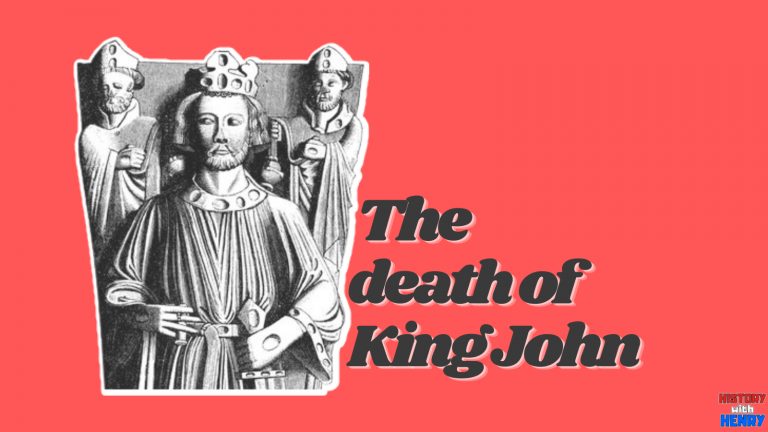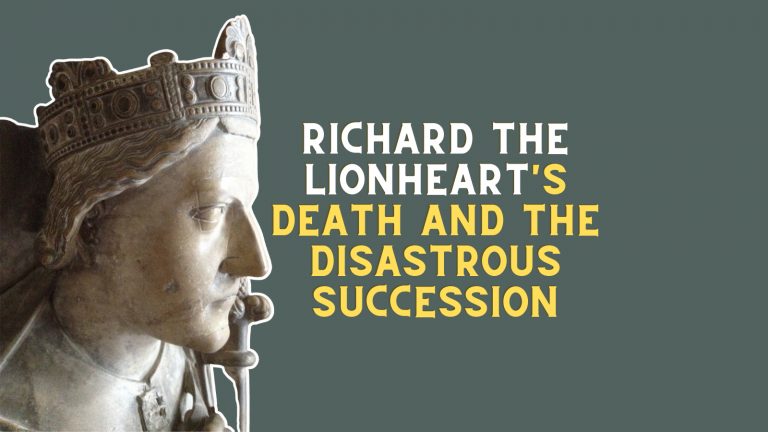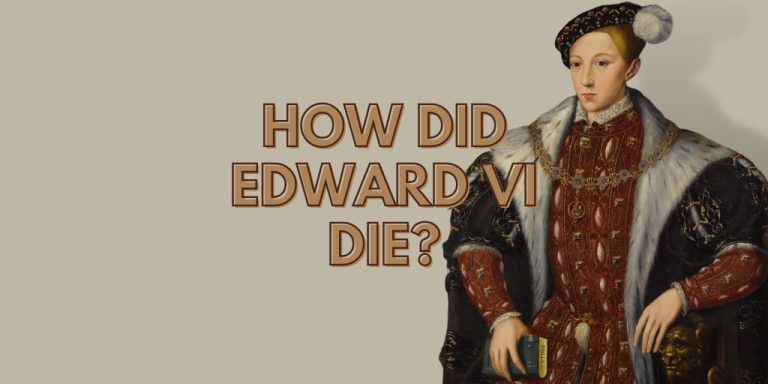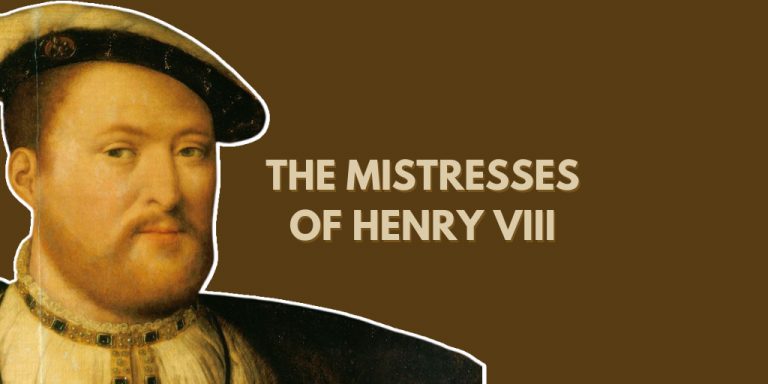11 Facts about Jane Boleyn : Wicked wife or mistreated by History?
Jane Boleyn, Lady Rochford, is one of the most significant peripheral figures in the court of Henry VIII.
She’s often depicted as a scheming, vindictive woman. However, is that actually the case?
What is undoubtedly true is that Jane Boleyn is a genuinely tragic figure in English history.
Here are some facts about Lady Rochford.
1. She was born Jane Parker
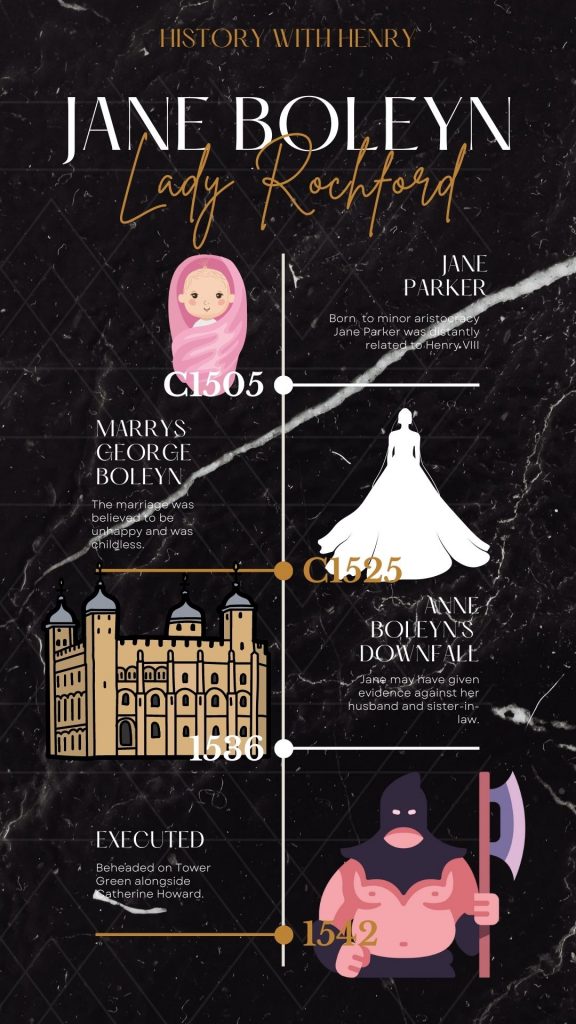
Jane Parker was the daughter of the 10th Baron Morley. This made her minor aristocracy and a distant relative of Henry VIII. Like many minor aristocrats of the time (including Anne, Mary, and George Boleyn), we don’t know the year of her birth. However, it is often estimated to be 1505.
2. She was present at the Field of the Cloth of Gold
Although we don’t have an exact date that she joined the Royal Court, it is believed to be sometime in her early teenage years.
She was part of the household of Catherine of Aragon that attended the Field of the Cloth of Gold summit between Henry VIII and the King of France on the 7th of June 1520.
She may have also appeared in the famous masque in 1522, “Château Vert”, alongside Anne and Mary Boleyn.
3. She married George Boleyn, the brother of Anne
Again an exact date cannot be attributed – but Jane Parker married George Boleyn sometime in either 1524 or 1525.
This was well before the King’s marriage to Anne Boleyn.
The King, as was his custom, granted the couple a wedding gift of a mansion Grimston Manor in the county of Norfolk.
As the Boleyns climbed the courtly pole alongside firstly Mary’s and then Anne’s relationship with the King, George was given the title Viscount Rochford. This was a courtesy title due to George’s father’s elevation to the peerage as Earl of Wiltshire and Earl of Ormund. Jane Boleyn became Viscountess Rochford by marriage.
This is where the famous title Lady Rochford comes from.
4. There is doubt about the happiness of the marriage
Modern-day fiction writers have become fixated on the marriage between Jane and George Boleyn.
This has been drawn upon from suggestions from historians.
There are suggestions that George was, in fact, homosexual, and he treated his wife poorly.
Others suggest that George was, in fact, a terrible womaniser and refused to spend time with his wife.
However, there is no convincing evidence that either of these situations was the case.
5. Lady Rochford may have betrayed George and Anne Boleyn
Traditionally Jane Boleyn was thought to have provided evidence that George and Anne Boleyn slept together.
It certainly wasn’t mentioned in the trials of the Queen and her brother if she did. However, it could be the case that this idea came from the writings of George Wyatt (years after their execution) that stated, “wicked wife, the accuser of her own husband, even to the seeking of his own blood.”
6. She begged Thomas Cromwell for money
After the downfall of the Boleyns, she was short of money.
She wrote directly to the King’s chief minister Thomas Cromwell to push her case for funds from her father-in-law, Thomas Boleyn. She eventually was granted the (sizeable) sum of £100 a year.
7. She was Lady in Waiting to Jane Seymour
After a period away from court following the execution of her husband, she was appointed a Lady in Waiting to Jane Seymour.
Some people see this as a reward for her supposed role in the downfall of Anne and George Boleyn.
This furthered her financial position as most of her living costs were covered by the Queen’s household.
8. Jane Boleyn testified against Anne of Cleves
Whereas we can’t be sure of Jane Boleyn’s role in the downfall of Anne Boleyn, we know for certain that she testified against Anne of Cleves.
After Jane Seymour’s death, she went on to serve Anne of Cleves. However, this was the shortest of Henry VIII’s six marriages, and she provided evidence to get the King his divorce.
She confirmed that Anne of Cleves had told her the marriage had never been consummated.
9. Jane Boleyn helped Catherine Howard have secret meetings with Thomas Culpeper
She was appointed a lady-in-waiting to Henry VIII’s fifth wife, Catherine Howard.
She used her role to help the Queen arrange secret meetings with Thomas Culpeper.
After Catherine Howard was arrested, Jane Boleyn was taken to the Tower of London for questioning.
10. She went mad in the Tower of London
During her imprisonment in the Tower of London, Jane Boleyn went mad.
This presented Henry VIII with a problem. The law did not allow for the trial and execution of people considered insane.
Henry VIII simply changed the law to allow the execution of insane people.
She was condemned to be executed by an Act of Attainder.
11. Jane Boleyn was executed alongside Catherine Howard
On the morning of 13th February 1542, she was executed on Tower Green.
Catherine Howard, being the senior of the two, was executed first. Then Lady Rochford was brought out to be executed on the same block. (You can just imagine the condition of the scaffold.)
Despite her condition, it is reported that she was calm and even spoke before her execution.
She was buried in the chapel of St Peter ad Vincula.

